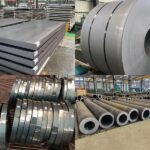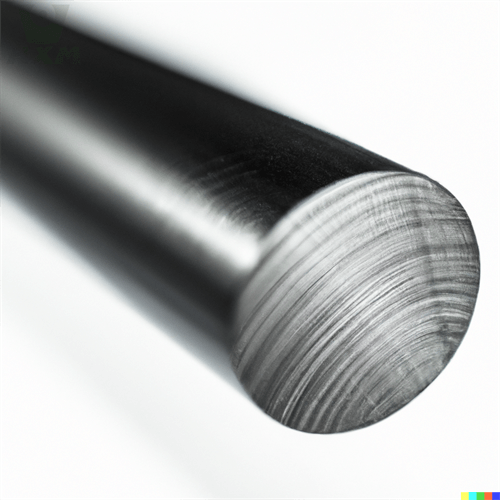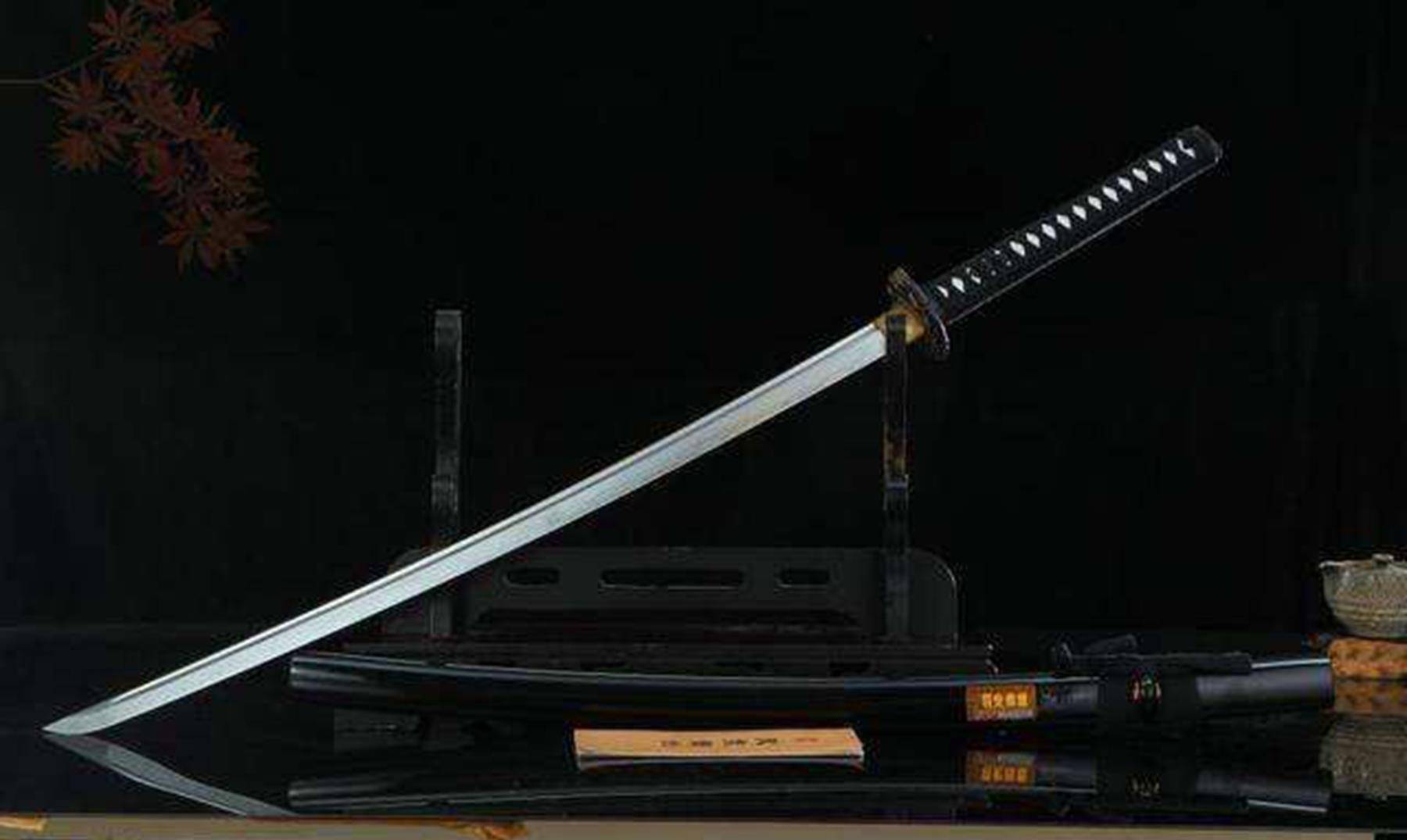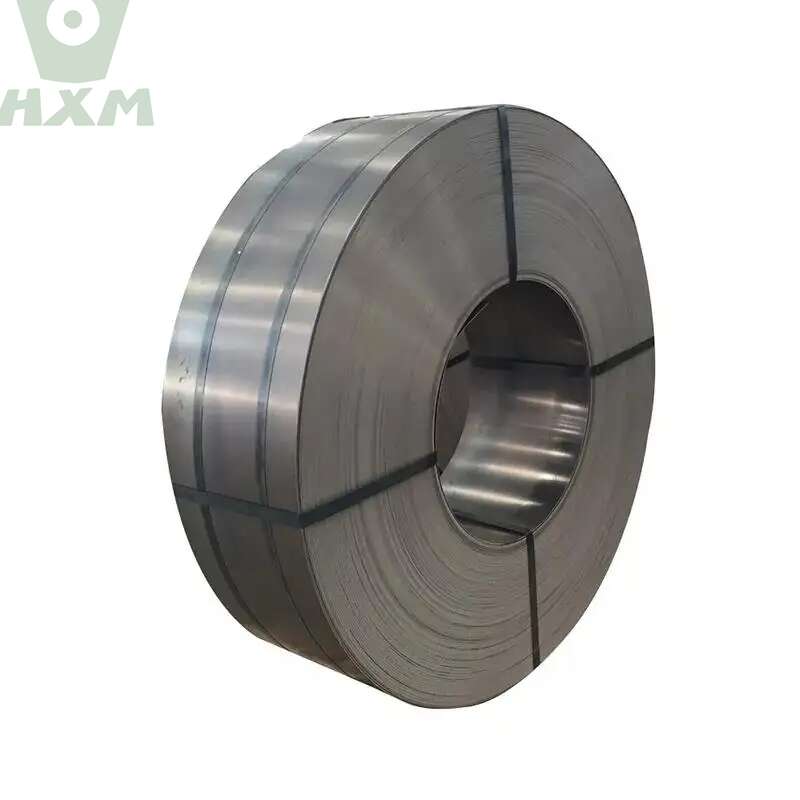Carbon steel pipe is a ubiquitous material in the industrial world, finding applications in a wide range of sectors from construction to oil and gas transportation. As a seasoned expert in metal materials from Huaxia Steel, I have encountered various types of carbon steel pipes in my career and have a deep understanding of their properties and uses. In this article, I will delve into the characteristics of carbon steel pipe and identify the most common carbon steel pipe, providing an accurate, professional, detailed, and authoritative overview.
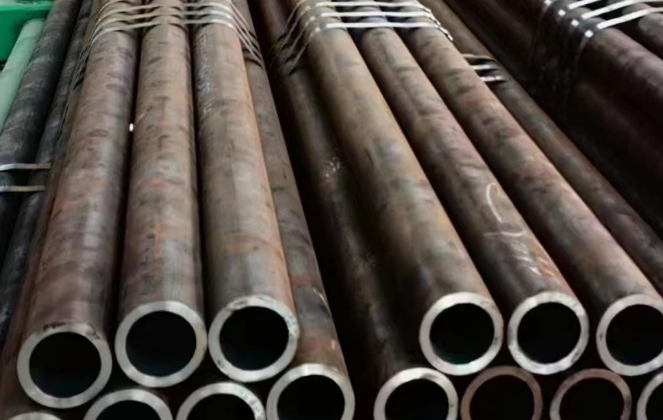
What is the most common carbon steel pipe?
Carbon steel pipe is primarily composed of iron with a small percentage of carbon, usually ranging from 0.2% to 2.1% by weight. The carbon content significantly affects the mechanical properties of the steel, determining its hardness, strength, and ductility. Carbon steel pipes are further classified based on their carbon content and additional alloying elements, resulting in various grades and types.
One of the most common types of carbon steel pipe is the seamless carbon steel pipe. As the name suggests, these pipes have no welded seams, and their entire structure is formed by a single, continuous piece of steel. Seamless pipes are manufactured through processes like hot rolling or extrusion, which result in a smooth internal and external surface. They are often used in high-pressure and high-temperature applications where the integrity of the pipe wall is crucial. Seamless carbon steel pipes are commonly found in the oil and gas industry, where they are used in drilling, production, and transportation systems.
Another common type of carbon steel pipe is the welded carbon steel pipe. Welded pipes are formed by rolling flat steel plates into a cylindrical shape and then welding the seams together. This manufacturing process allows for the production of pipes in various diameters and lengths, making welded pipes highly versatile. Welded carbon steel pipes are generally less expensive than seamless pipes, and their use is widespread in construction, plumbing, and other industries where cost is a significant factor.
Within the welded carbon steel pipe category, electric resistance welded (ERW) and submerged arc welded (SAW) pipes are particularly common. ERW pipes are produced by passing an electric current through the contact points between the two edges of the steel strip, causing them to fuse together. SAW pipes, on the other hand, are welded using a submerged arc welding process, where the welding arc and molten metal are shielded from the atmosphere by a blanket of flux. Both ERW and SAW pipes offer good strength and durability, making them suitable for a range of applications.
Now, let’s delve into the specifics of what makes a carbon steel pipe “common.” Commonality in this context refers to the widespread use and availability of a particular type of pipe. Seamless carbon steel pipes, especially those made from medium-carbon steel grades like ASTM A106, are highly common due to their excellent mechanical properties and ability to withstand high pressures and temperatures. They are often the preferred choice in critical applications like pipelines carrying hydrocarbons or other corrosive fluids.
Welded carbon steel pipes, on the other hand, are more common in general construction and plumbing applications due to their cost-effectiveness and ease of installation. ERW and SAW pipes are widely available in various sizes and thicknesses, making them suitable for a range of projects.
However, it’s worth noting that the term “most common” is relative and can vary depending on the region, industry, and specific application. In some sectors, such as the chemical industry, stainless steel pipes may be more common due to their superior corrosion resistance. In other regions, local manufacturing capabilities and preferences may influence the availability and use of different types of carbon steel pipes.
When selecting a carbon steel pipe for a particular application, it’s crucial to consider factors like operating pressure and temperature, corrosive environments, and cost. Consulting with a metallurgist or pipe supplier can help ensure that the chosen pipe type meets the specific requirements of the project.
Conclusion
In conclusion, the most common carbon steel pipe depends on the specific application and context. Seamless carbon steel pipes are highly common in high-pressure and high-temperature applications, while welded carbon steel pipes, particularly ERW and SAW types, are widely used in construction and plumbing due to their cost-effectiveness and availability.


